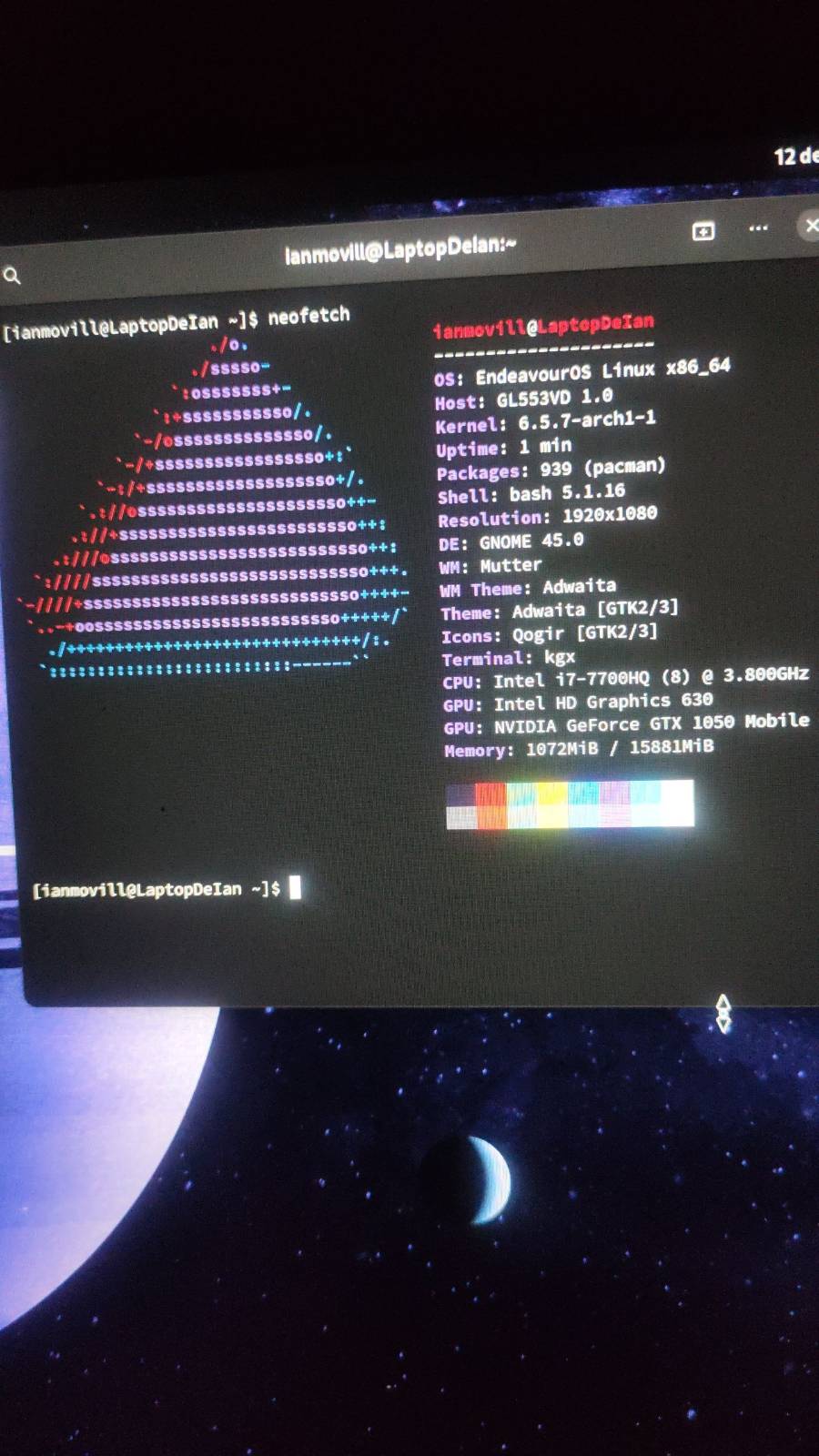You can get the nvidia driver packages from the built-in repo.
pacman -S nvidia-dkms
should solve most of your problems
A lot of this stuff is already covered in the arch wiki, specifically challenging things like drivers. You should look into the documentation prior to asking.
I like how you're downvoting the people who are trying to help. I know I basically said RTFM in a nice way but that's the reality of the situation when you are working with Linux. You need to understand how to get this information from the documentation on your own rather than being reliant on other people to fill in the gaps.
